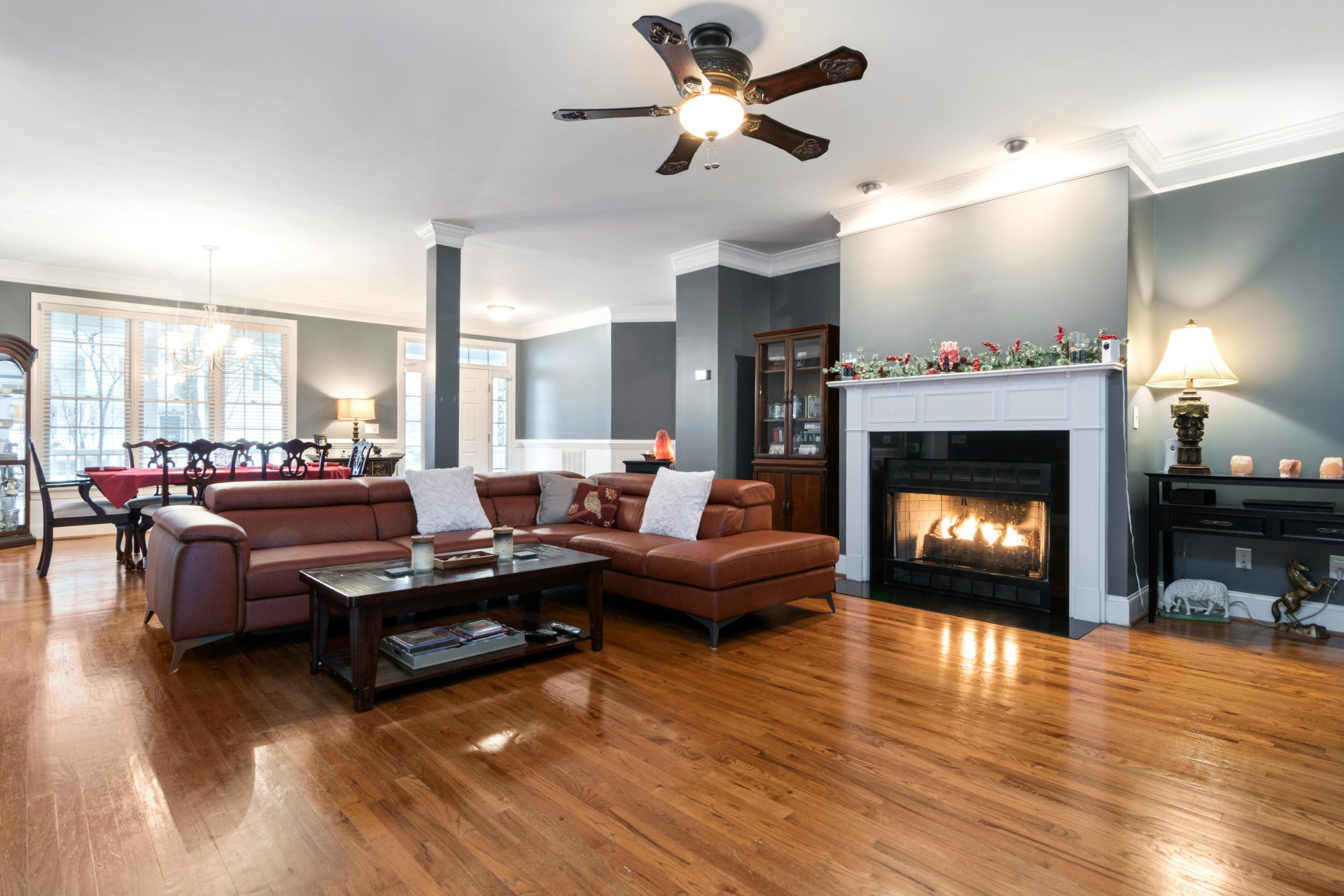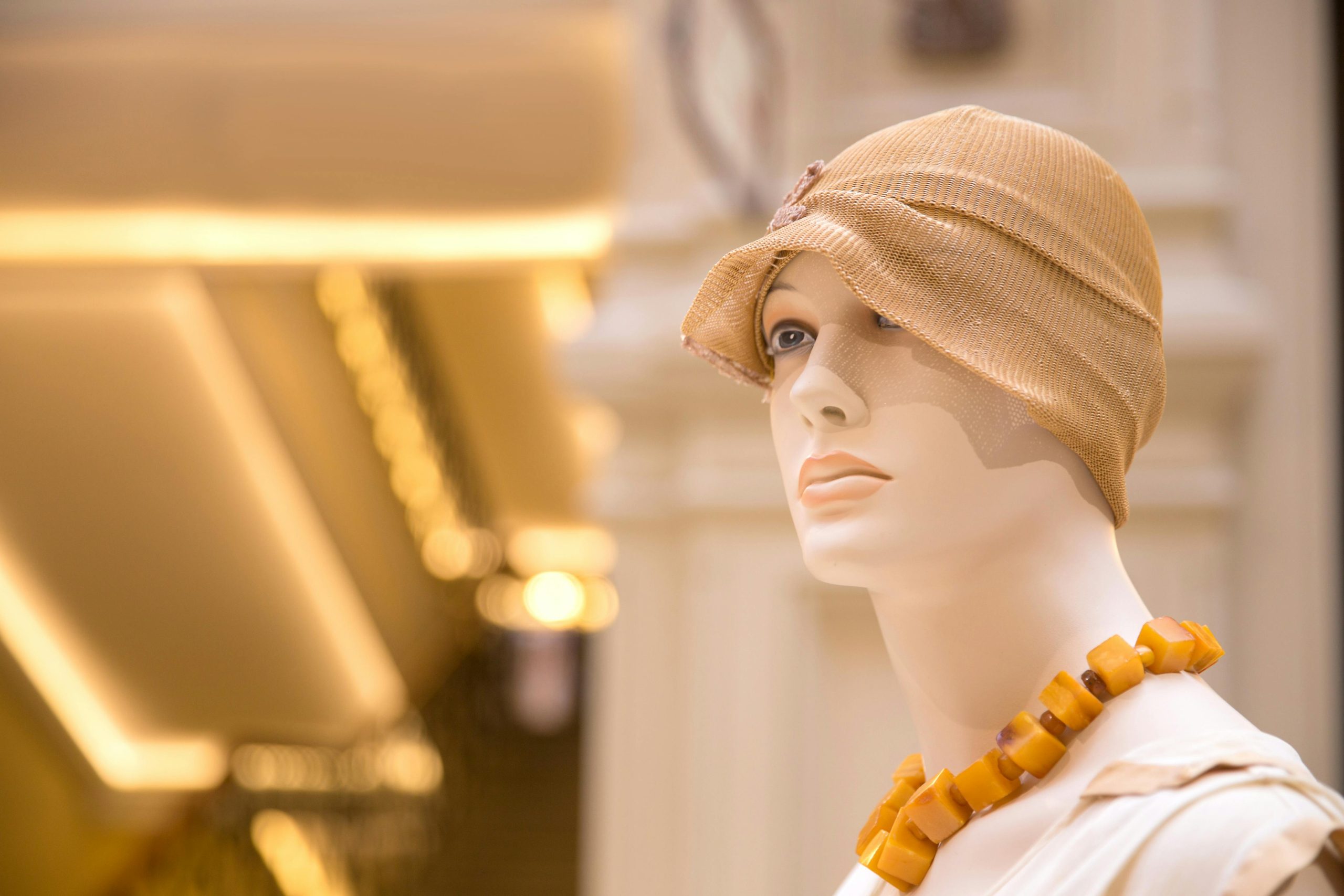Timeless Love Affair of Fashion & Interior Design
When we talk about creative fields, we often discuss fashion design, interior design and art. Though they’re distinct in application, they’re intertwined in form, functionality and aesthetics. While fashion may be about wearable items to express individual style, interior design is also a reflection of one’s personality, taste and preferences. Needless to say, fashion and interior design have a love affair going on for time immemorial.
Patterns on clothing are mimicking prints on wallpapers, and minimalism seems to be conquering both garments as well as living spaces. The beauty of both these disciplines is that they get to inspire each other and evolve in tandem. Honestly, there is no race about which field is more creative. They both work in harmony, follow trends, embrace innovation and are about self-expression.
Fashion designers and interior designers work with sketches, colours, fabrics, samples, shapes and spaces. Despite so many similarities, what really differentiates the world of fashion and interiors is that they run on different time cycles. While fashion is faster and changes every few months (this too is changing owing to slow fashion), interior design and decoration is slow and stable.
The Relation between Fashion & Interior Design
Material & Texture
Both fashion and interior design are about great materials. For example, if a couture designer is designing a gown, they’d choose a material which is of good quality, style and comfort. The same thumb rule applies for furnishings as well. Whether you’re selecting a fabric for a sofa, curtains or cushions, the fabric should offer a tactile experience. Raw silk, linen and velvet are a few fabrics used by both interior and fashion designers. Whether it’s a piece of clothing or furniture, it should give a luxurious feel.
Geometric Form & Shape
When it comes to inspiration, fashion jewellery and design have fed each other for centuries. A commonality between interior design and fashion is the love for minimalism. For example, these days, a lot of ceiling lights come in minimal designs such as lines, curves and loops. The same applies to jewellery as well. Generation Z and millennials love minimal gold jewellery on them. This form and functionality element has made designers stop and think about the effect design has on our daily lives. Just like apparel must suit the wearer’s lifestyle, an interior space must also reflect the inhabitant’s needs and daily routine.
Colour Pops
As mentioned earlier, both interior and fashion design are all about following trends. These days, you will notice most models on fashion runways wearing pop colours. Even if their overall outfit is neutral, there will be a hint of pop. Whether it’s taking inspiration from designers or following the Pantone colour of the year, interior designers are seriously taking note of what’s happening in the world of fashion. For example, in every living room designed these days, you will see one piece of furniture stand out. Whether it’s an armchair or a pouffe, designers intentionally use a bright, pop colour. This is because a pop-colour element can make even the drabbest place look invigorating.
Besides colours, fashion and interior disciplines influence each other by using similar patterns, shades and prints. For instance, black-and-white check pattern used on clothing is now being used to drape luxury furniture. It’s an easy way to add a visual break to a formal setting.
Metallic Details
If there’s one trend interior designers are currently crushing on, it has to be gold details and metallic accents. You’ve probably noticed that interior designers are heavily using gold for wardrobe handles, bathrooms, décor items and so on. Using gold fixtures is not just functional but decorative too. In fashion too, designers are trying to add gold details to make an outfit look trendy. For example, a golden zip or embellishments.
Cultural & Historical Inspiration
Another thing that makes fashion and interior a reflection of each other is cultural influences and historical inspiration. When designing a new clothing collection, designers usually draw inspiration from a specific period in history or era. Interior designers also draw inspiration from the opulence of certain cultures. For instance, the Mughal era serves as an inspiration to both the industries. Clothing and furniture are both mediums to express different cultures and stories. Weaving narratives via garments and preserving heritage via interiors makes people across different times and space get connected.
Recycling, Upcycling & Sustainability
The fashion industry is one of the biggest pollution contributors. Even the materials used to make furniture release harmful pollutants. The awareness and environmental concerns are driving apparel manufacturers and interior designers to shift their focus to sustainable and recyclable materials. For example, mainstream clothing brands are shifting to slow fashion and eco-friendly manufacturing practices. Interior designers too are turning towards innovative furniture repurposing hacks.
The Future of Fashion & Interiors
Fashion and interior design go hand-in-hand. Today’s discerning consumer wants to wear clothes that match their taste and want to live in a home that reflects their personality. Both these fields continue to evolve and inspire each other. In fact, a lot of interior designer’s study fashion runways to draw inspiration on the next big trend, and vice-versa.
At Vogue Institute of Art & Design, we offer an array of fashion design courses and interior design programmes in Bangalore. Both the courses are backed by an industry-forward curriculum so that students get a well-rounded understanding of every subject and are ready to foray into a field that excites them the most.




